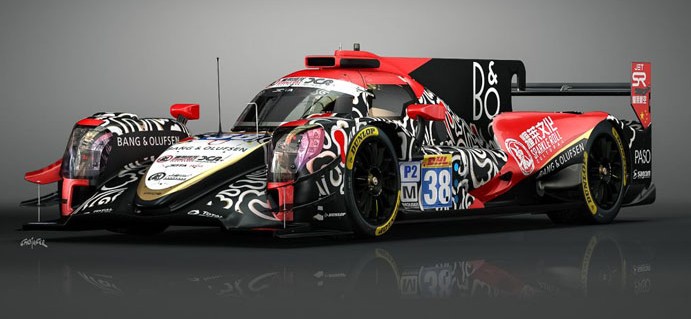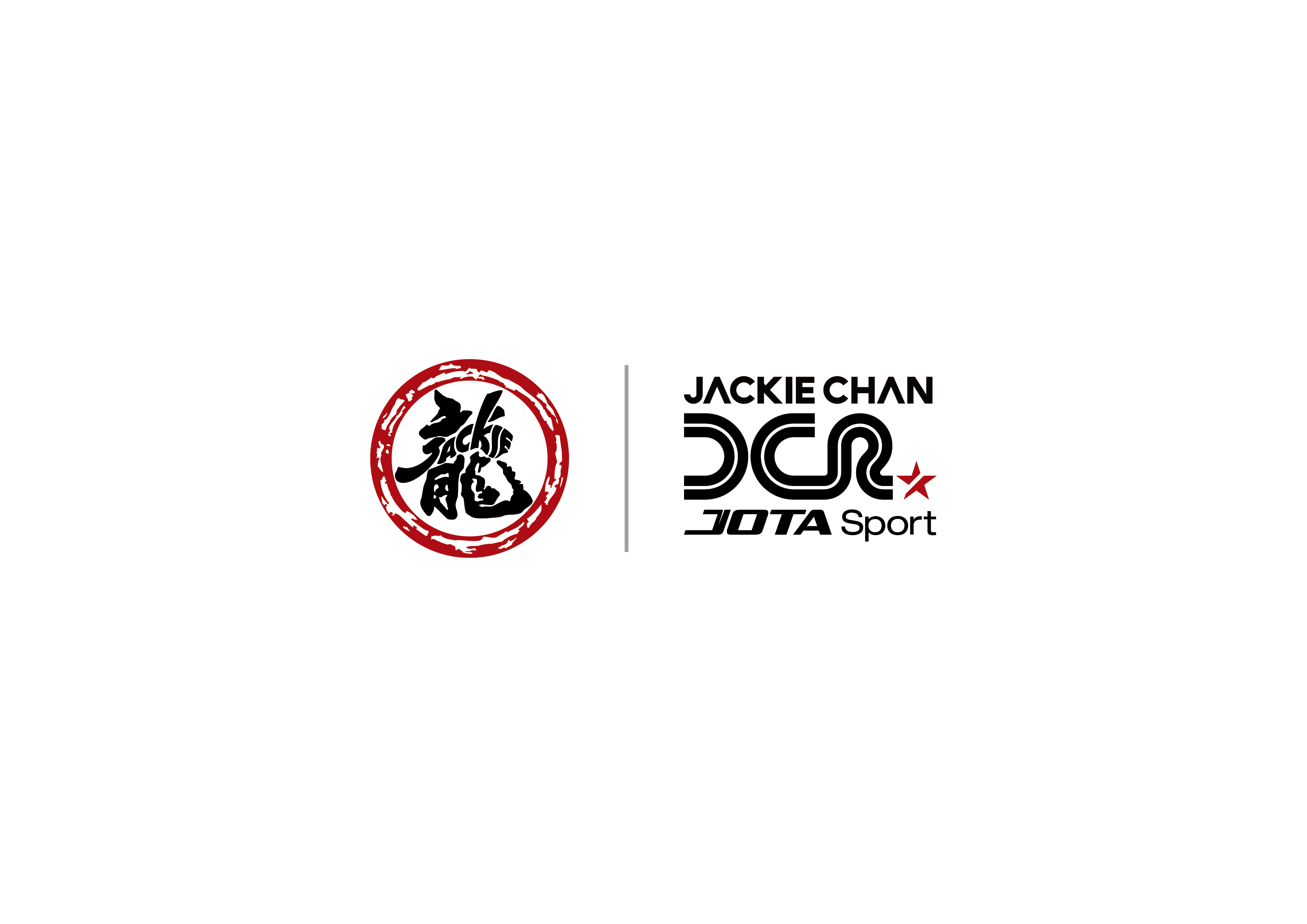What’s new for LMP2 in 2017: Interview with Sam Hignett
The FIA World Endurance Championship’s LMP2 class has a new look for 2017.
When the FIA and Automobile Club de l'Ouest announced a new set of regulations for LMP2 back in 2015, its stated aims were simple. Four chassis suppliers (ORECA, Onroak Automotive, Dallara and Multimatic/Riley) and a single engine supplier (Gibson) were chosen to provide the class with greater stability and reduce costs, while still improving performance. All LMP2 cars run on Dunlop rubber.
All cars are now closed-cockpit and will run to identical safety regulations as applied in the LMP1 class. In addition to being slightly taller, narrower and having a longer wheelbase, the latest generation of LMP2 cars will weigh 30 kilos more than their older counterparts.
Early indications are that the changes have brought about the desired effect. The naturally-aspirated 4.2 litre Gibson V8 used by every team in the WEC produces 600 BHP and is expected to result in a significant drop in lap times.
Faster, with advanced aerodynamics
Jackie Chan DC Racing team manager Sam Hignett has been impressed with the engine’s performance during pre-season testing and believes the gap to LMP1 cars will be vastly reduced.
“The biggest difference you’ll see with the cars is the speed – they’re a lot quicker,” he explained. “I think the gap is at least halved to the LMP1s, roughly speaking.
“The vast majority of that is from the engine, but also P2 coupe cars are a relatively new thing, so the aerodynamics are getting more and more refined every year. Certainly, from our own experiences with ORECA, they’ve made a step forward with the aerodynamics of the car again this year.”
“The major difference on the engines is that we’re now not allowed to adapt our own engine mapping and traction control, whereas we could do a small amount of adaption last year. This should level the playing field even more.
“So far the engine has been reliable; there are a few ancillary things we need to work on, but generally it’s been very good.”
Tyre management will be key
However, it’s the effect that the extra power will have on the tyres that Hignett expects to have the biggest impact.
“With the cars being quicker and greater downforce, yet the permissible number of tyres that you can use for the race event remaining the same, I think we’ll see tyre management becoming a bigger and bigger part of what the driver needs to do,” he says.
With the cars now much more challenging to drive on the limit over a stint, Hignett believes LMP2 will be even better preparation than ever for young drivers hoping to progress to LMP1.
“The drivers are finding the cars quicker and a bit more challenging in that respect, so it’s a better education ground for drivers looking to go up to LMP1 in the future,” he added.




